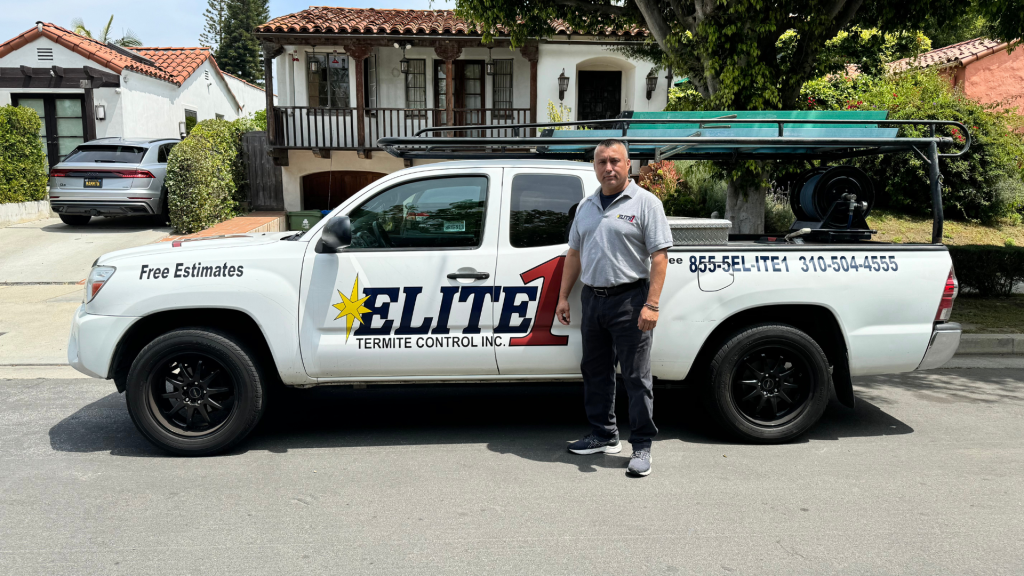Choosing the Right Pest Control Plan For Your Home
Termites are a silent but destructive threat to any home. By the time visible signs appear, significant damage may already be done behind walls, beneath floors, or within structural beams. Selecting an effective pest control plan focused on termites is not just a precaution—it’s an essential part of protecting your investment, safety, and peace of mind.
If you’re unsure how to begin, this guide breaks down the key elements of choosing a termite-specific plan tailored to your home’s needs.

Know the Type of Termites in Your Area
The first step in selecting an effective pest control plan is understanding the type of termites you’re dealing with. Different species require different treatment strategies, and what works for one may be ineffective for another.
- Subterranean termites are the most common and damaging. They live in soil and access homes through mud tubes, feeding on wood from the ground up.
- Drywood termites live entirely within wood structures and require targeted treatments within infested timber.
- Dampwood termites prefer moist, decaying wood and are less likely to invade well-maintained structures, but still pose a threat in coastal or humid areas.
Accurate identification is critical before treatment. A professional inspection ensures you’re targeting the right species and not wasting resources on the wrong approach. Early detection also begins when you know the signs of a termite problem.
Evaluate Your Home’s Risk Factors
Not every home carries the same level of termite risk. Understanding how vulnerable your property is can help you determine the intensity and scope of protection you need.
Here’s what to consider:
- Geographic location: Termite activity is more aggressive in warmer climates, especially in coastal or high-moisture regions.
- Construction style: Homes with crawl spaces, wooden framing, or untreated wood in contact with soil are more exposed.
- Previous infestations: A history of termite issues often signals that the underlying vulnerabilities haven’t been fully resolved.
- Nearby infestations: If your neighbors are dealing with termites, your home is at greater risk of becoming the next target.
Termite risk is not a matter of if, but when. Understanding your property’s profile can help you prioritize a plan that offers both treatment and prevention.
Compare Treatment Methods Carefully
Modern termite control has evolved beyond just fumigation. Several effective strategies exist, and your choice should depend on the extent of the infestation and your home’s layout.
Treatment options include:
- Liquid termiticides: Applied around a home’s perimeter to create a long-lasting barrier. These are ideal for subterranean termites and offer residual protection.
- Baiting systems: Stations placed strategically around the property to attract and eliminate termite colonies at the source.
- Localized spot treatments: For drywood termites, small amounts of insecticide can be injected into affected wood.
- Fumigation: Reserved for extensive drywood termite infestations, this method eliminates termites throughout the structure but requires temporary evacuation.
Each method has pros and cons. Some provide immediate relief, while others are designed for long-term prevention. For guidance on selecting the most suitable method, consider expert advice on the best termite control treatments.
Make Sure the Plan Includes Ongoing Monitoring
A one-time treatment is rarely enough to guarantee lasting termite protection. An effective pest control plan must include provisions for follow-up monitoring, inspections, and reapplication as needed.
Look for plans that include:
- Annual or bi-annual inspections to check for signs of activity
- Reapplication of protective barriers where needed
- Replacement of bait stations
- Detailed reporting and documentation
- Emergency visits if new signs of infestation emerge
Ongoing service ensures that your home stays protected even after the initial treatment phase. It also allows for adjustments to be made if termites adapt or environmental conditions shift.
Don’t Overlook Local Expertise
Choosing a provider with local experience can make a significant difference in the quality and accuracy of treatment. Regional knowledge allows professionals to predict seasonal trends, common construction vulnerabilities, and even neighborhood-specific patterns of infestation.
For instance, termite activity and treatment strategies in Southern California differ significantly from those in other regions. Local insight helps ensure the plan is tailored to your area’s climate and building styles.
Working with a local expert means:
- Faster identification of termite species
- Awareness of regional construction habits and weak points
- Customized plans based on climate and soil conditions
- Faster response times and more personalized service
When evaluating providers, always ask about their local experience and request references from nearby clients.
Ask These Questions Before Committing
Once you’ve narrowed down your options, don’t hesitate to ask questions to ensure the plan fits your needs and budget.
- What species of termites is this plan designed to treat?
- What treatment methods will be used, and why?
- How long does the protection last?
- Are retreatments included if termites return?
- What guarantees or warranties are provided?
- Does the plan include regular inspections?
Clear answers to these questions will help you avoid vague contracts and ensure the pest control plan provides real value.
Conclusion: Termite Control That Lasts
Choosing the right pest control plan for termites means thinking beyond temporary fixes. It’s about long-term defense, expert monitoring, and adapting treatment as your home’s conditions evolve. The cost of inaction can be significant, both financially and structurally, making it crucial to take proactive steps today.
If you suspect termite activity or want to explore protection options tailored to your home, reach out to Elite1 Termite Control for a personalized assessment and expert guidance.

